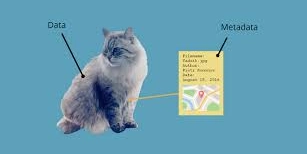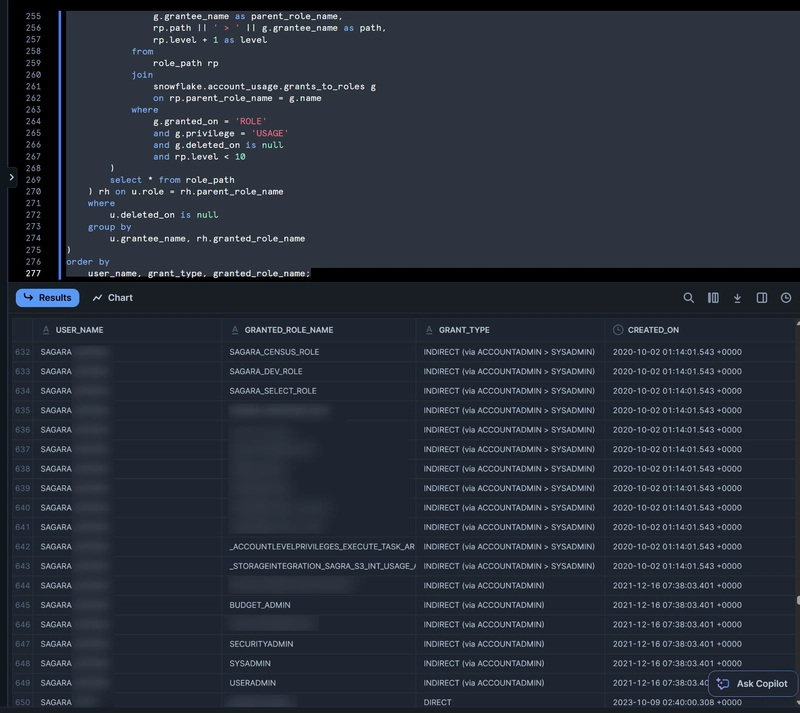Photo Metadata Standards: IPTC, EXIF, and XMP
Data about Data Metadata is structured information that provides context and details about other data in a way that eases management, understanding, retrieval, and use. The three basic types are descriptive, structural, and administrative. What is Photo Metadata Just like traditional metadata, photo metadata has three main categories. Descriptive and administrative carry over, but in place of structural, photo metadata has a rights category. Descriptive Metadata: This category helps to describe the content, context, and features of the image. It may include titles, captions, keywords, and the creator of the image. This helps people to understand and locate the image easily. Administrative Metadata: This includes technical details like file format, resolution, and camera settings, as well as access controls, and rights management. It’s crucial for managing the image file and ensuring proper usage. Rights Metadata: Unique to photo metadata, this category provides information on copyright, licensing, usage restrictions, and any permissions attached to the image. It is critical for ensuring that creators' intellectual property is protected. International Press Telecommunications Council The IPTC Information Interchange Model (IIM) was developed in the early 90s to optimize the exchange of information to news agencies around the world by standardizing media file structures and metadata attributes. Although originally created for the press, the structure became accepted as the world standard for embedding information by professional photographers. Called “IPTC headers,” this data is encoded and decoded by photo editing software. The IPTC template outlines how metadata should be organized and stored within an image file. It consists of key fields like the image’s headline, description, copyright information, keywords, and creator details, all of which enhance the image’s discoverability and legal protection. The IPTC metadata template is typically embedded in the file, ensuring it remains with the image wherever it goes. This standardized structure allows photographers, agencies, and organizations to maintain consistency when managing large numbers of images, simplifying processes like search and retrieval, rights enforcement, and licensing. Exif (Exchangeable Image File Format) Exif is a widely used standard for storing metadata in image files. Exif data captures technical details about an image, such as the camera model, exposure settings (shutter speed, aperture, ISO), date and time, and geolocation (when GPS data is available). These details are crucial for photographers, as they provide insight into how the photo was taken and can serve as a reference for future shoots. Additionally, Exif can store information about the orientation of the photo (landscape or portrait) and allow image editing software to automatically rotate images if needed. Exif also integrates seamlessly with IPTC, making it an essential part of modern photography workflows. XMP (Extensible Metadata Platform) XMP is an Adobe-developed standard that provides a more flexible and extensible way to store metadata across various types of digital media. It extends the capabilities of traditional metadata standards, allowing for custom fields to be added to an image’s metadata, making it particularly useful in creative industries. XMP metadata can be embedded in various file types like images, audio, video, and PDFs, making it a universal standard for digital asset management. It allows for better interoperability between different software platforms and ensures that metadata travels with the file, even across different applications. XMP can also contain rights information, geo-tagging, and user-generated metadata, helping photographers and content creators maintain control over their digital assets and better track usage rights. Sources IPTC CIPA

Data about Data
Metadata is structured information that provides context and details about other data in a way that eases management, understanding, retrieval, and use. The three basic types are descriptive, structural, and administrative.
What is Photo Metadata
Just like traditional metadata, photo metadata has three main categories. Descriptive and administrative carry over, but in place of structural, photo metadata has a rights category.
- Descriptive Metadata: This category helps to describe the content, context, and features of the image. It may include titles, captions, keywords, and the creator of the image. This helps people to understand and locate the image easily.
- Administrative Metadata: This includes technical details like file format, resolution, and camera settings, as well as access controls, and rights management. It’s crucial for managing the image file and ensuring proper usage.
- Rights Metadata: Unique to photo metadata, this category provides information on copyright, licensing, usage restrictions, and any permissions attached to the image. It is critical for ensuring that creators' intellectual property is protected.
International Press Telecommunications Council
The IPTC Information Interchange Model (IIM) was developed in the early 90s to optimize the exchange of information to news agencies around the world by standardizing media file structures and metadata attributes. Although originally created for the press, the structure became accepted as the world standard for embedding information by professional photographers. Called “IPTC headers,” this data is encoded and decoded by photo editing software.
The IPTC template outlines how metadata should be organized and stored within an image file. It consists of key fields like the image’s headline, description, copyright information, keywords, and creator details, all of which enhance the image’s discoverability and legal protection. The IPTC metadata template is typically embedded in the file, ensuring it remains with the image wherever it goes.
This standardized structure allows photographers, agencies, and organizations to maintain consistency when managing large numbers of images, simplifying processes like search and retrieval, rights enforcement, and licensing.
Exif (Exchangeable Image File Format)
Exif is a widely used standard for storing metadata in image files. Exif data captures technical details about an image, such as the camera model, exposure settings (shutter speed, aperture, ISO), date and time, and geolocation (when GPS data is available). These details are crucial for photographers, as they provide insight into how the photo was taken and can serve as a reference for future shoots. Additionally, Exif can store information about the orientation of the photo (landscape or portrait) and allow image editing software to automatically rotate images if needed.
Exif also integrates seamlessly with IPTC, making it an essential part of modern photography workflows.
XMP (Extensible Metadata Platform)
XMP is an Adobe-developed standard that provides a more flexible and extensible way to store metadata across various types of digital media. It extends the capabilities of traditional metadata standards, allowing for custom fields to be added to an image’s metadata, making it particularly useful in creative industries.
XMP metadata can be embedded in various file types like images, audio, video, and PDFs, making it a universal standard for digital asset management. It allows for better interoperability between different software platforms and ensures that metadata travels with the file, even across different applications.
XMP can also contain rights information, geo-tagging, and user-generated metadata, helping photographers and content creators maintain control over their digital assets and better track usage rights.











































































